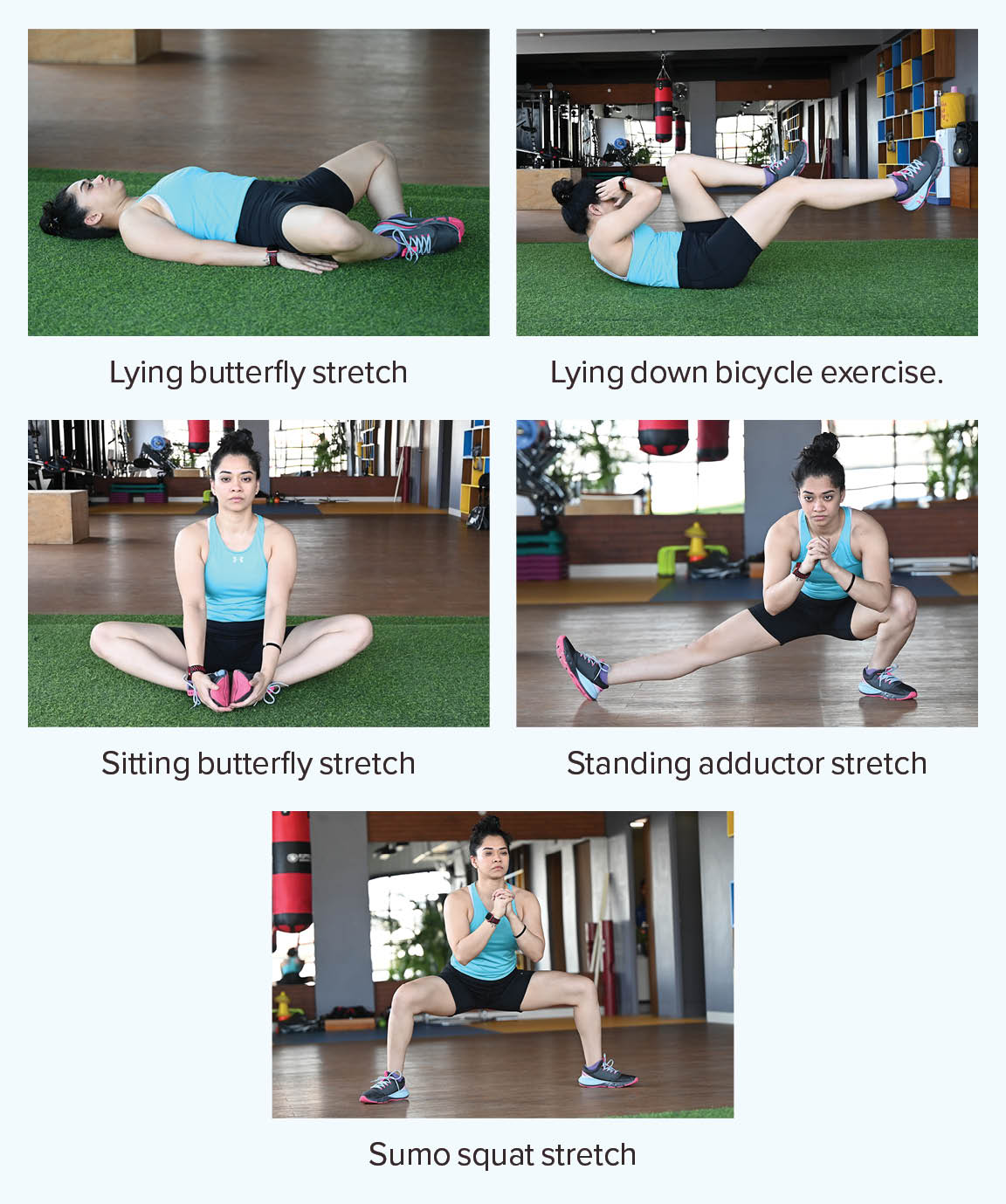
The hip adductors play a crucial role in movement. Any weakness or strain in this small group of muscles in the inner thigh region not only makes movement inefficient and laboured but is also the primary trigger for groin pain. The groin region is where the abdomen meets the thighs.
The five hip adductor muscles are the pectineus, adductor brevis, adductor longus, adductor magnus and gracilis.
Physiological role of hip adductors
“The hip adductors help a person walk with a stable forward stride,” says Dr Rohan Jaiswal, senior orthopedic surgeon at Kamineni Hospitals, Hyderabad. “For the swinging legs to move fully, these muscles stabilise the pelvis on the weight-bearing hips. As a result of the muscles’ deterioration, the hips shift more side to side. This leads to groin pain and also puts downward pressure on the ankles, knees and feet. The load can also ascend to the lower back and sacroiliac joints [which link the pelvis and lower spine].”
READ MORE :
Pain perception: Who feels it more, men or women?
How to get your eating posture right
ACL tears: When to go for surgery
Pain of dancing: Step away with the right moves
Sciatica: How to not let it hit a nerve
Dr Jaiswal adds that body movement is a chain of motion, so if one link weakens, the pressure on the joints above and below increases, leading to early joint degeneration.
Reasons for hip adductors strain
Those with weak muscles drop their hip out too far during single-leg weight-bearing activities. This causes the hip adductors to feel tight since they labour to provide support.
Some of the main reasons for strain in the adductors leading to groin pain are:
- Age
- Weak adductors
- Muscle fatigue
- Decreased range of motion
- Insufficient stretching of adductor muscles
- Previous injuries to hip or groin region
- Muscle tension
- Improper warmup before exercise
- Attempting to do too much too soon while exercising
- Deconditioning or exhaustion.
Conditions such as inguinal (groin) hernia, hip fracture, hip arthritis and kidney stones can also cause groin pain directly or indirectly.
Recovery from groin pain
There is a high risk of reinjury and more damage to the muscles if one resumes exercising or sports activities before full recovery from groin pain (strain) or hip adductors strain, says Dr Jaiswal
“The extent of injury will determine the duration it will take for recovery after a muscle strain,” he says. “Generally, recovery from severe strains take a longer time, while soft-tissue injuries heal within a few weeks. Muscle, tendon and ligament strains are the most common in athletes, but they can affect anyone.”
Stretches for hip adductors
Stretching exercises for the hip adductors can be done at home or in the gym or park. But it is important not to do too much too soon.
The common stretches to manage groin pain are:
- Sitting butterfly stretch
- Lying butterfly stretch
- Standing adductor stretch
- Sumo squat stretch
- Lying down bicycle exercise.
Takeaways
- Though relatively small, the hip adductors play an important role in movement and help in taking stable forward strides.
- Deterioration of the hip adductors leads to the hip shifting more to the side, increasing pressure on the ankle, knees, the feet, lower back and sacroiliac joints.
- Other than the hip adductors, conditions such as inguinal (groin) hernia, hip fracture, hip arthritis and kidney stones can also cause groin pain.

















